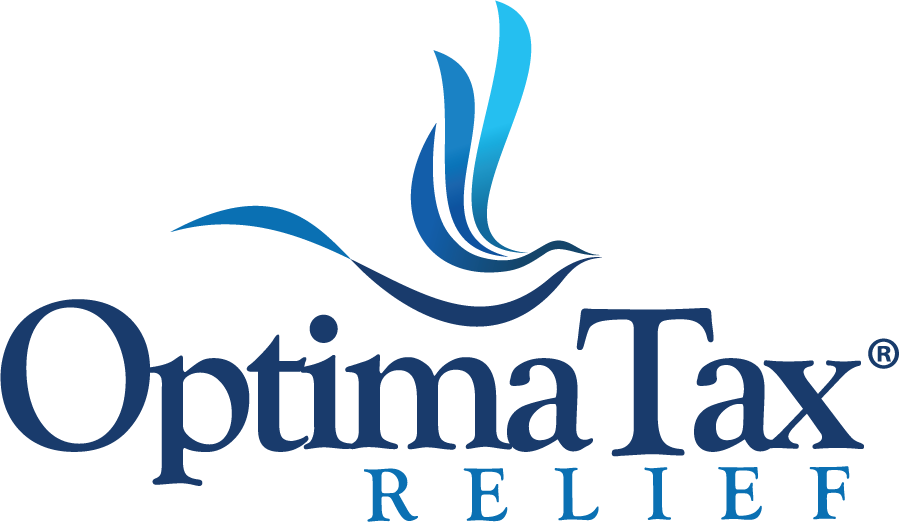The Internal Revenue Service (IRS), the United States’ tax collection agency, recently announced its ambitious Strategic Operating Plan, outlining a transformative vision for the next decade. This comprehensive plan aims to modernize the IRS’s operations, enhance taxpayer services, improve compliance, and adapt to the ever-evolving landscape of taxation. Optima Tax Relief explores the key aspects of the plan and how it sets the stage for significant changes in the IRS’s approach.
1.Enhance Taxpayer Services:
Improving taxpayer services is a fundamental objective of the Strategic Operating Plan. The IRS aims to create a more personalized and interactive experience for taxpayers, offering tailored guidance and assistance throughout the tax process. This includes expanding digital self-help tools, providing real-time support through online platforms, and enhancing the availability of educational resources to promote tax compliance and awareness. The hope is that these tools will continue to decrease wait times on phones, make in-person taxpayer assistance centers more accessible, and make the IRS more reachable online.
2.Expand Enforcement:
The IRS is specifically looking to spend their new funding to address the tax gap by increasing enforcement on taxpayers with complex tax situations and the wealthiest taxpayers who are not compliant. This can include large corporations and partnerships, geographic areas where audit rates are low, and emerging issues that might evade audits, like digital assets. Because of this strategy, the IRS does not intend to increase the number of audits for households that earn less than $400,000.
3.Embrace Technological Advancements:
The IRS recognizes the importance of technology in meeting the demands of the 21st-century taxpayer. The Strategic Operating Plan focuses on leveraging automation, data analytics, and artificial intelligence to streamline operations, reduce paperwork, and enhance efficiency. By harnessing innovative technologies, the IRS aims to provide taxpayers with a seamless and user-friendly experience, enabling them to navigate the complex tax landscape more effectively. This also includes the enhancement of the IRS’s cybersecurity infrastructure to safeguard sensitive information from potential threats. By implementing advanced security protocols, the IRS aims to inspire confidence in taxpayers and ensure the integrity of the tax system.
4.Empower a More Skilled and Diverse IRS Workforce:
The IRS is not only looking to expand their workforce, but also attract a more skilled and diverse workforce. They will work to equip their workforce with all the tools, training, equipment, and technology needed to do their jobs in an exceptional way.
The IRS’s Strategic Operating Plan marks a significant milestone in the agency’s commitment to transformative change and improved taxpayer services. By enhancing taxpayer services, expanding IRS enforcement, embracing technology, and empowering their staff, the IRS is poised to revolutionize the way it operates over the next decade. These ambitious efforts promise to deliver a more efficient, user-friendly, and responsive tax system for millions of taxpayers across the United States. As the IRS embarks on this journey, it is crucial for taxpayers to stay informed and engaged, making the most of the evolving tools and resources made available to them.
